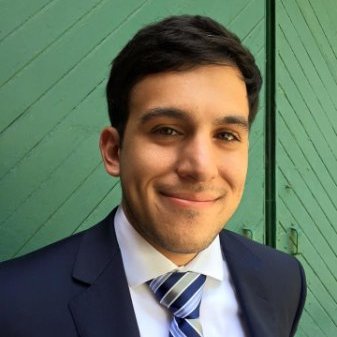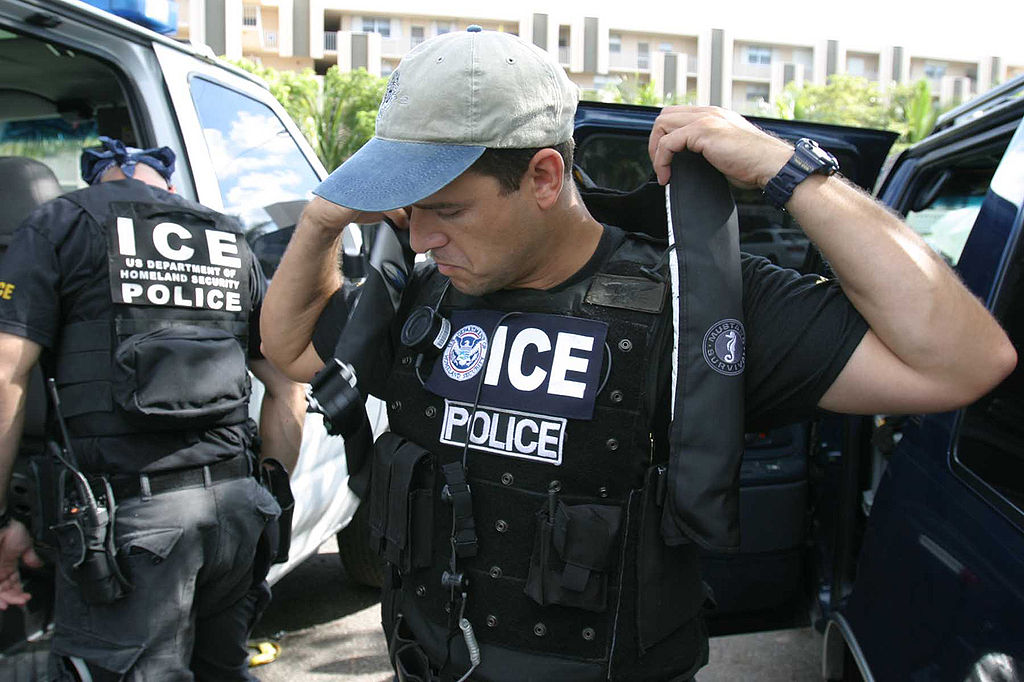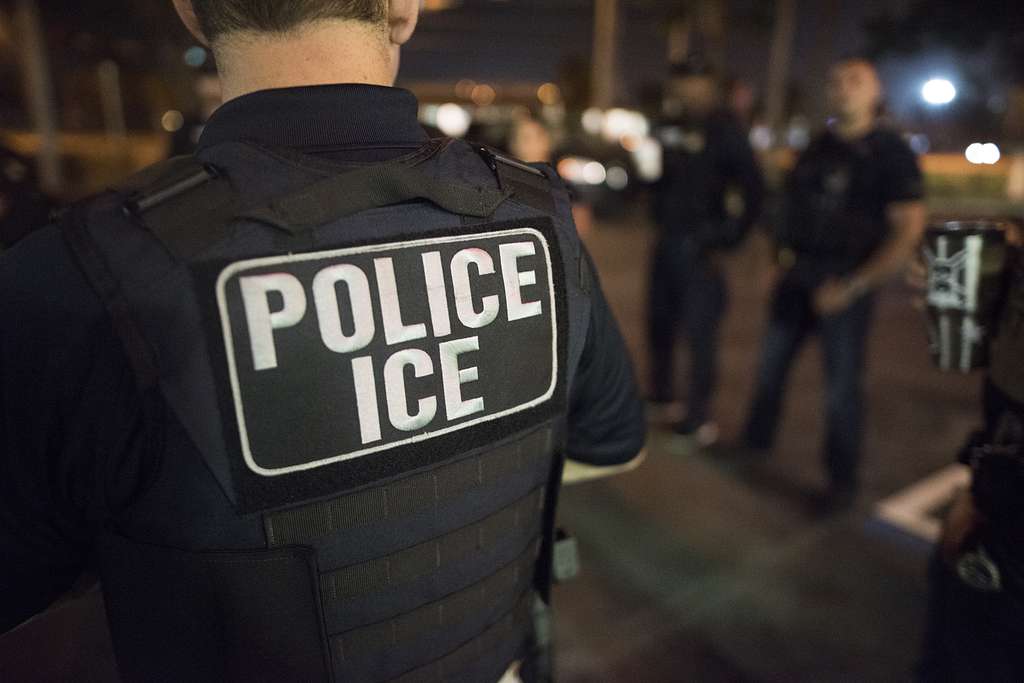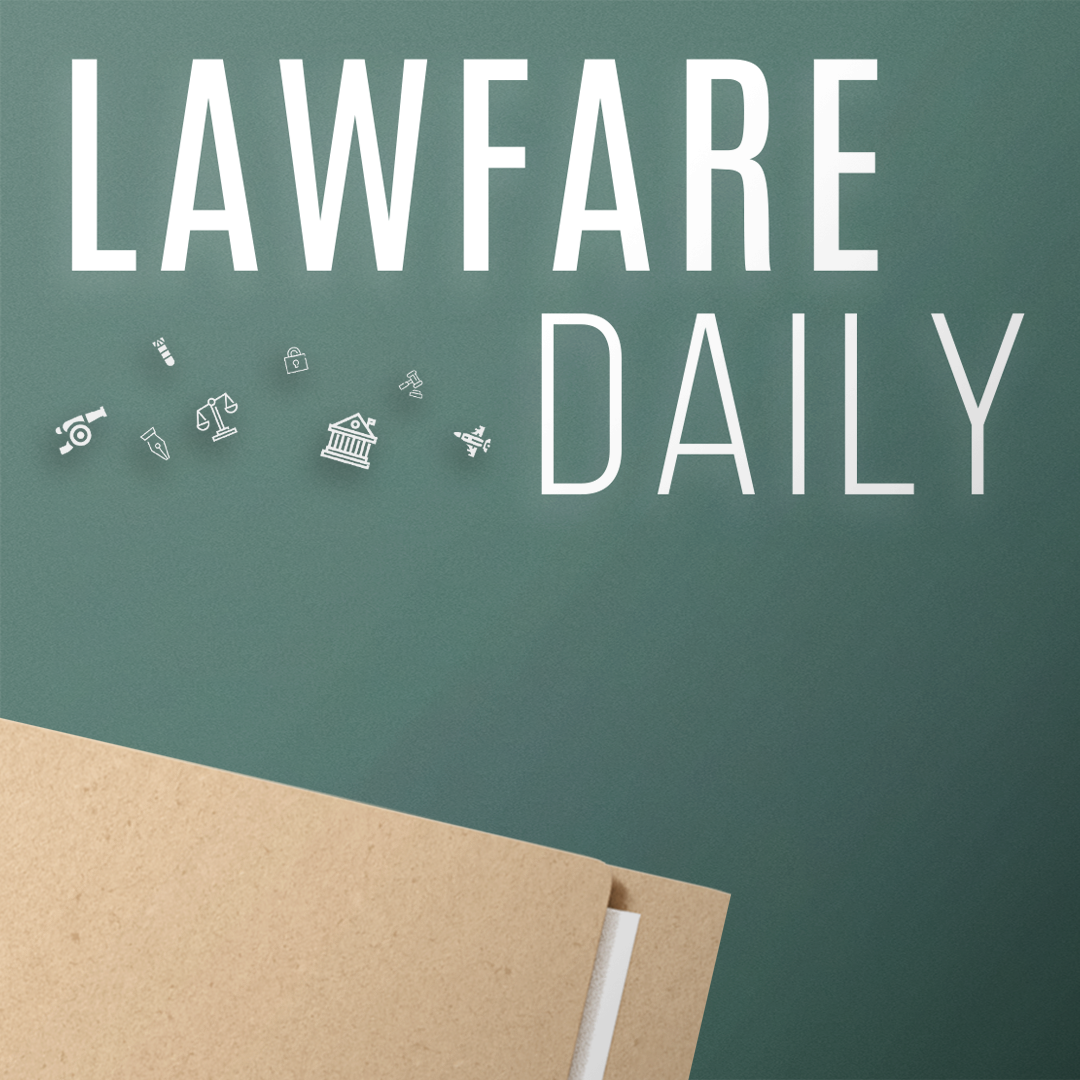The Lingering Uncertainty in Judge Breyer’s Newsom v. Trump Ruling
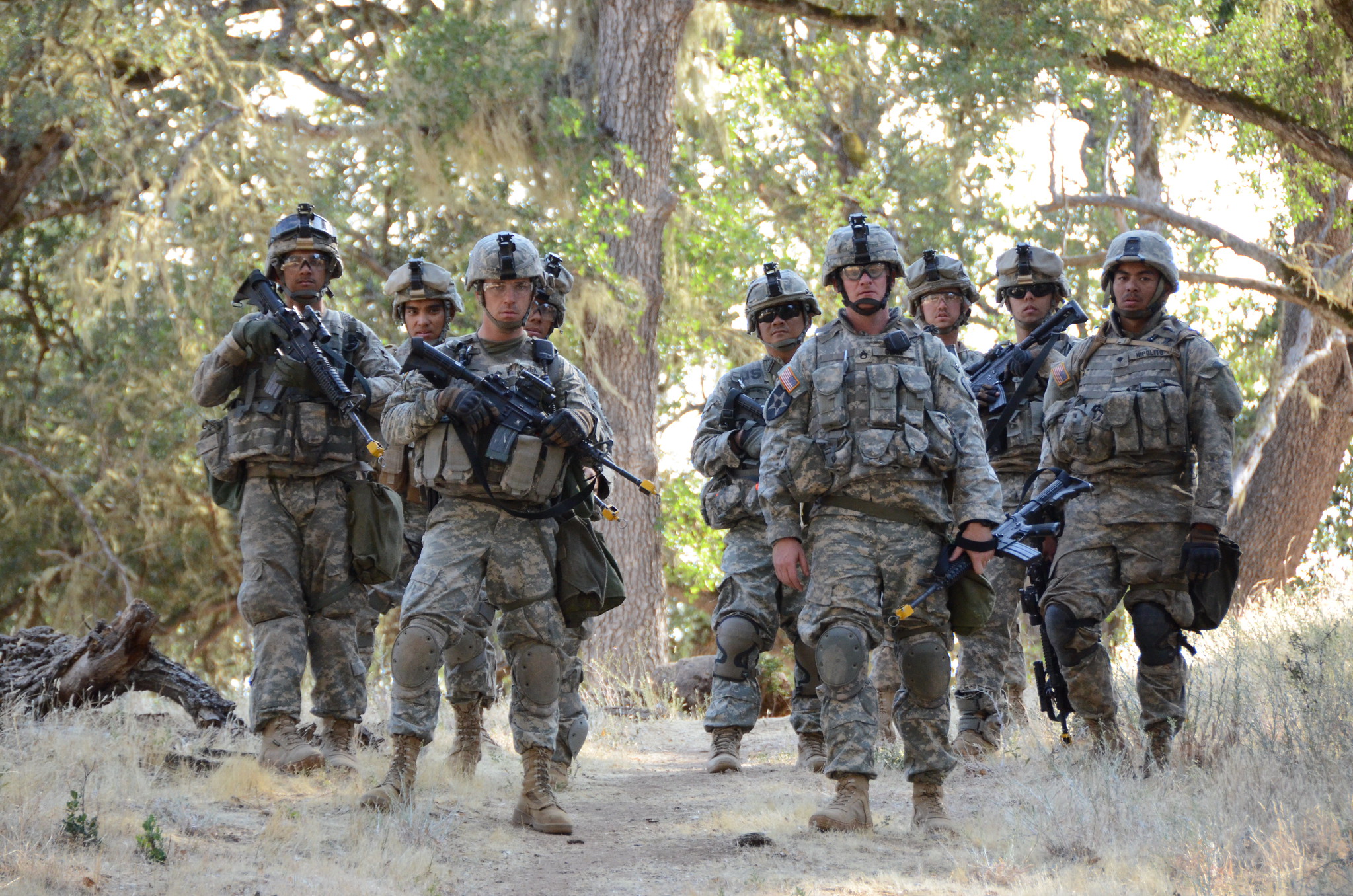
Published by The Lawfare Institute
in Cooperation With

On Tuesday, Sept. 2, Judge Charles Breyer of the U.S. District Court for the Northern District of California enjoined, subject to a 10-day stay, the Department of Defense from using military personnel in California “to execute the laws” unless a proper exception to the Posse Comitatus Act (the PCA, a statutory prohibition on using the military for law enforcement) is invoked. While this may appear to be a sweeping indictment of the now months-old military deployment to Los Angeles, on closer inspection, Judge Breyer’s analysis raises more questions than it answers. This is true foremost because the opinion affirms the president’s putative authority to deploy the military to protect federal properties while, at the same time, rejecting all of the government’s theories substantiating this power. Although the opinion clearly enumerates the kinds of activities military personnel are not allowed to perform going forward in California, a core unanswered question remains: What does Judge Breyer believe to be the legal authority for the military’s operations in Los Angeles?
On June 7, President Trump authorized the secretary of defense to mobilize National Guard personnel, under 10 U.S.C. § 12406, to protect federal persons, property, and functions to ensure the execution of immigration enforcement actions. As I have described previously for Lawfare, this federal protective power rests on a theory of implied presidential authority rooted in the Take Care Clause, though its scope and legal justifications have shifted over time. This theory is particularly noteworthy because it is at least in tension with the PCA, which prohibits using the military “as a posse comitatus or to otherwise enforce the laws” without an express statutory or constitutional exception to do so.
Shortly after the president’s proclamation, the secretary of defense authorized deployment of California National Guard personnel (and eventually active-duty Marines) to Los Angeles. On June 9, the State of California moved to enjoin the federal government from federalizing and deploying the California National Guard. Judge Breyer issued a temporary restraining order (TRO) requiring that the federal government return command of the California National Guard based on the argument that the federal government hadn’t met the substantive requirements of Section 12406. The U.S. Court of Appeals for the Ninth Circuit ultimately stayed the TRO, rejecting Breyer’s preliminary decision that the factual requirements of Section 12406 were not met due to the broad discretion Section 12406 affords the president. Since then, litigation proceeded again at the district court level to consider whether military personnel in Los Angeles violated the PCA’s restrictions during the course of their deployment. In finding that they did, in certain but not all circumstances, going forward Breyer has restricted the military from engaging in arrests, apprehensions, searches, seizures, security patrols, traffic control, crowd control, riot control, evidence collection, interrogation, or acting as informants unless an express statutory or constitutional exception to the PCA is invoked.
The cleanest way to lay bare the uncertainty around what Judge Breyer takes to be the legal authority for the military’s mission in Los Angeles is to approach the opinion out of order. So let’s begin with Section D.2, where Breyer refutes the government’s claim that the president has “inherent constitutional authority to protect federal property, federal personnel, and federal functions.” As noted above, and discussed more voluminously elsewhere, this is a theory of presidential authority putatively rooted in the Take Care Clause and vindicated, the executive branch has argued, by broadly worded dicta from two late-19th century Supreme Court decisions: In re Neagle and In re Debs.
Judge Breyer rejects the protective power as an assertion of executive authority “not grounded in the history of the [PCA], Supreme Court jurisprudence on executive authority, or common sense.” His analysis recites beats that, by now, are familiar. There is no evidence at the founding of presidents asserting the protective power. Indeed, the first assertion of this kind of inherent authority appears to have been from the Fillmore administration, to facilitate enforcement of the Fugitive Slave Act in the early 1850s. The broad logic of presidential power asserted in Neagle and Debs on which the executive rests its analysis is incompatible with the more nuanced, parsimonious accounting of presidential authority established in 1952 by Youngstown and reinforced by its progeny (like Zivotofsky v. Kerry). What’s more, Congress has legislated substantially in this area—providing a wide array of statutory authorities delineating when the military may be used to assist federal law enforcement and conferring primary responsibility for protecting federal properties, persons, and functions to federal law enforcement actions.
And yet, in the last paragraph before the conclusion, Judge Breyer states that “federal troops can continue to protect federal property in a manner consistent with the Posse Comitatus Act.”
How can this be true, given the opinion’s rejection of the protective power? The first possibility is that Judge Breyer hasn’t rejected the protective power. Instead, he rejected the understanding that the protective power constitutes a constitutional exception to the PCA. There’s evidence for this in footnote 22, where Breyer distinguishes the Justice Department’s litigating position from a 1971 Office of Legal Counsel (OLC) opinion affirming an inherent presidential authority to use the military to prevent protesters from blocking federal workers from getting to work. Breyer notes, correctly, that the 1971 memo does not assert that the protective power is a constitutional exception to the PCA. It just states that the actions necessary to ensure federal workers can reach their job sites would not rise to the level of activity prohibited by the PCA. This resonates with Breyer’s assertion that using the military to protect federal buildings would not rise to the level of what should be construed as a law enforcement activity prohibited by the PCA.
But there are at least two issues with this assertion. First, it fails to engage with existing jurisprudence implementing the PCA. And, second, it does not answer where this more limited understanding of the protective power comes from.
Let’s turn first to the PCA. Judge Breyer correctly recounts the various tests courts have used to implement the statute’s prohibition on using federal military personnel “as a posse comitatus or otherwise to execute the laws.” Most importantly for litigation taking place in the Ninth Circuit, this is governed by the Ninth Circuit’s opinion in United States v. Dreyer, where the court found that the PCA prohibits activities that “constitute the exercise of regulatory, proscriptive, or compulsory military power,” that “amount to direct active involvement in the execution of the laws,” or that “pervade the activities of civilian authorities.” Breyer identifies a number of instances in which the Defense Department clearly violated this test (for instance, blocking roads outside a farm where ICE was conducting a raid, setting up traffic control points outside another raid to make federal law enforcement more efficient). But why would protecting federal property necessarily survive the Dreyer test? I can’t find a straightforward answer in the opinion. And I suspect this is due, at least in part, to the fact that Breyer’s PCA analysis morphs over the course of the opinion. After setting out the Ninth Circuit’s understanding of the PCA in Dreyer, the opinion then canvasses alternative framings used in other circuits (handily summarized in this recent OLC opinion concerning the PCA). Summing them all together, Breyer then appears to pivot to his own formulation—that military law enforcement activity violates the PCA when it is “coordinated and systemic.” And so, for example, Breyer focuses at length on the “top-down, systemic effort” by the federal government to execute drug and immigration laws “across hundreds of miles and over the course of several months—and counting.” Note the difference in emphasis. In Dreyer, the focus is on the degree to which the military’s actions are enmeshed in a particular law enforcement activity. In Breyer’s account, the focus of analysis shifts subtly to whether the government’s actions are part of a consistent pattern of practice endorsed by senior Defense Department officials. These approaches are not mutually exclusive, but the shift in emphasis would explain the otherwise difficult-to-square assertion, in footnote 23, that the Marines who temporarily detained a veteran at the Wilshire Federal Building did not violate the PCA.
But none of this addresses why the actions necessary to protect federal property would not also constitute a willful, systemic pattern of using the military for law enforcement purposes. How else other than by security patrols, searches, apprehensions, and seizures (all of which are enjoined by the opinion) is federal property to be protected? More fundamentally, going to the second issue, what is the positive legal basis for the inherent authority to protect federal property? I can find no answer in Breyer’s PCA analysis.
Which suggests that perhaps the answer is elsewhere, and specifically in Breyer’s analysis of 10 U.S.C § 12406. Again, Section 12406 is the authority President Trump used to mobilize the California National Guard into a federal duty status. It authorizes the president to call members of the National Guard into federal service whenever there is an actual or threatened invasion by a foreign nation or rebellion, or when the president is unable “with the regular forces to execute the laws.” In Breyer’s present opinion, Section 12406 returns, but in a different guise. Because now the Justice Department has argued that 12406 is an exception to the PCA—in other words, that the PCA doesn’t apply when the president has mobilized the National Guard pursuant to Section 12406.
It’s worthwhile to pause on what this means, because there are two implications, only one of which is squarely addressed in Breyer’s opinion. The first is that Section 12406 is a positive basis for authorizing the military to conduct a military operation, and not just an authority to bring National Guard personnel from their civilian status to federal active-duty status (what in Defense-Department-speak would be called a “mobilization authority”). The second is that Section 12406 is sufficiently “express” in what it authorizes to constitute an exception to the PCA’s prohibition on conducting law enforcement activities.
Confusingly, the opinion only seems to refute the second assertion, while leaving the first unaddressed. Breyer correctly notes that Defense Department regulations have never articulated Section 12406 as an exception to the PCA. He shows that Maj. Gen. Scott Sherman, the commanding officer for the military deployment, didn’t understand 12406 to be an exception to the PCA. He demonstrates how nearly every other statutory exception to the PCA is far more narrowly tailored than 12406. But I cannot find a straightforward rejection of the proposition that 12406 provides authority for the military to conduct a substantive mission. Which leaves open the, unstated, possibility that 12406 is doing the work that Breyer believes the Take Care Clause cannot.
But this approach, too, is substantially flawed. Unlike provisions of the Insurrection Act, the text of Section 12406 does not authorize military duty. It only provides that the president “may call into Federal service” members of the National Guard “to repel the invasion, suppress the rebellion, or execute those laws.” The action at issue is “call into federal service,” not “repel,” “suppress,” or “execute.” This is distinguishable, for example, from the provisions of the Insurrection Act: 10 U.S.C. § 251, for example, authorizes the president to “call into Federal service” members of the National Guard “and use such of the armed forces” to suppress the insurrection; and 10 U.S.C. § 252 has a nearly identical structure. Note the (admittedly nuanced) difference in structure—here, the statute authorizes both the call-up and use after call-up. The difference is more pronounced in the remaining substantive provision of the Insurrection Act: 10 U.S.C. § 253 provides that the president “shall take such measures as he considers necessary to suppress … any insurrection, domestic violence, unlawful combination, or conspiracy.”
This textual difference is buttressed by looking to historical context. The original 1903 statute that reorganized the National Guard, and enacted Section 12406, confirms that this is a statute concerning organization of the National Guard, not conferral of an authority to undertake military missions: Section 1 of the 1903 statute defines membership in the National Guard. Section 2 provides exemption from this membership in the National Guard. Section 3 defines the nature of the organized militia. Section 4 is what is now codified at Section 12406. Sections 5 through 7 provide administrative direction on National Guard members brought into federal service. Sections 8 and 9 concern the laws of military justice that pertain during a federal mobilization. Sections 10 and 11 concern pay during a federal mobilization. Section 12 concerns the duties of the adjutants-general. Section 13 concerns materiel provided to the National Guard. Section 14 concerns inspections of the National Guard. Sections 15 and 16 concern accommodations to be made for other National Guard duty in light of presidential authority to federalize the National Guard. Sections 17 and 18 again concern appropriations for the National Guard and provision of materiel. Sections 19 and 20 concerns the detail of Army officers to attend state duty for members of the National Guard. Section 21 again concerns provision of materiel to the National Guard. Section 22 concerns accommodations for disabled members of the National Guard. Section 23 again concerns qualification for membership in the National Guard. Section 24 otherwise incorporates provisions of the original 1898 reorganization of the militias into the modern National Guard. Section 25 repeals certain provisions of the Revised Statutes now superseded. And Section 26 provides an effective date.
None of these provisions authorize the National Guard to undertake sweeping domestic military law enforcement missions. There would be no greater elephant to hide in the molehills of administrative minutiae of this act.
Finally, this conclusion is buttressed by Section 12406’s codification in Title 10. Title 10 is a positive law title, meaning that Congress has enacted the statute in the relevant portion of the U.S. Code. So we can look to the organization of Title 10 itself to help us understand its proper meaning. Section 12406 is in Subtitle E of Title 10, concerning the “Reserve Components.” It is in Part II, “Personnel Generally.” It is in Chapter 1211, “National Guard members in Federal Service.” All of the provisions of law in this chapter concern mobilization, duty status, or standards or federal service for the National Guard—not authorizations of operational duty. It is not in the section codifying the Insurrection Act (Chapter 13) or defense support of civil authorities (Chapter 15).
If Section 12406 does not authorize operational duty, then our core question remains—what is the legal authority for the military mission in Los Angeles? I can find no other possibilities in Judge Breyer’s opinion. This lingering confusion is meaningful. There is little reason to believe that the Ninth Circuit will be particularly solicitous of an opinion that affirms a limited ambit for the military mission without a clear articulation of the legal rationale. It diminishes the persuasiveness of the opinion in litigation that will arise in other jurisdictions as domestic military deployments proliferate. And perhaps most important, it leaves significant room for the executive branch to continue the military deployment in Los Angeles while asserting that it is abiding by Judge Breyer’s order.
Proceedings in the Northern District of California have brought incredibly consequential details to light about the Trump administration’s domestic military deployments. Yet the first stab at legal analysis of these facts has yielded more questions than answers.

